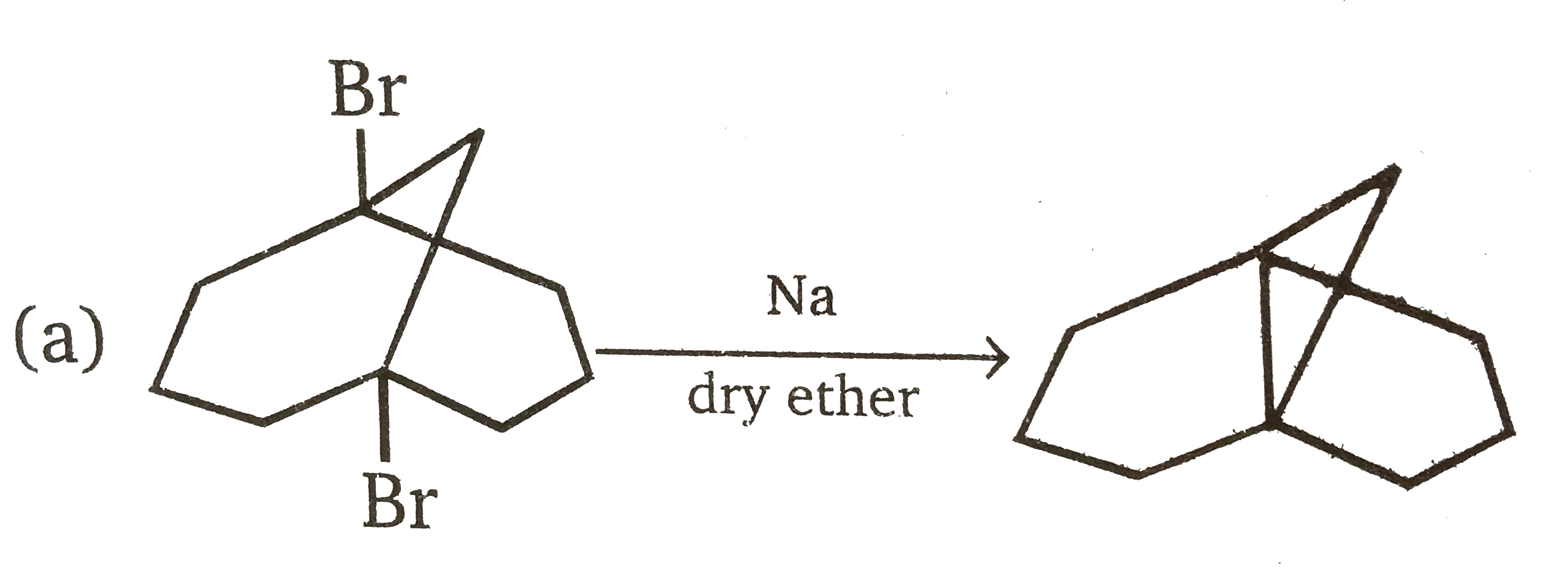Which of the following does not represent a redox reaction ?
H2S+Cl2→S+2HCl
CuO+H2→Cu+H2O
ZnO+Cheat−−→Zn+CO
2NaOH+H2SO4→Na2SO4+2H2O
The correct Answer is:D
To determine which of the following does not represent a redox reaction, we first need to understand what a redox reaction is. A redox (reduction-oxidation) reaction involves the transfer of electrons between two species, resulting in changes in their oxidation states. Oxidation refers to the loss of electrons (or the addition of oxygen), while reduction refers to the gain of electrons (or the removal of oxygen).
1. Identify the Reactions: We need to analyze the given options (A, B, C, D) to see if they involve oxidation and reduction processes.
2. Understand Redox Reactions: Recall that in a redox reaction:
- Oxidation involves the loss of electrons or the addition of oxygen.
- Reduction involves the gain of electrons or the removal of oxygen.
3. Analyze Each Option:
- Option A: If this option involves a reaction where there is a transfer of electrons (oxidation and reduction), it is a redox reaction.
- Option B: Similarly, if this option shows a change in oxidation states due to electron transfer, it is a redox reaction.
- Option C: Check if there is an addition of oxygen or removal of hydrogen, indicating oxidation or reduction.
- Option D: If this option describes a neutralization reaction (acid + base → salt + water), it does not involve electron transfer and thus does not represent a redox reaction.
4. Conclusion: After analyzing all options, we find that Option D represents a neutralization reaction and does not involve oxidation or reduction. Therefore, it is the correct answer to the question.
Final Answer:
Option D does not represent a redox reaction.
- Oxidation involves the loss of electrons or the addition of oxygen.
- Reduction involves the gain of electrons or the removal of oxygen.
- Option A: If this option involves a reaction where there is a transfer of electrons (oxidation and reduction), it is a redox reaction.
- Option B: Similarly, if this option shows a change in oxidation states due to electron transfer, it is a redox reaction.
- Option C: Check if there is an addition of oxygen or removal of hydrogen, indicating oxidation or reduction.
- Option D: If this option describes a neutralization reaction (acid + base → salt + water), it does not involve electron transfer and thus does not represent a redox reaction.
Option D does not represent a redox reaction.
Topper's Solved these Questions
Similar Questions
Knowledge Check
- Question 1 - Select One
Which of the following does not represent redox reaction?
ACr2O2−7+2ɵOH→CrO2−4+H2OBSO2−5+2Iɵ+2H⊕→I2+SO2−4C2Ca(OH)2+2Cl2→Ca(ClO)2+CaCl2+2H2ODPCl5→PCl3+Cl2 - Question 2 - Select One
Which of the following does not represent major product of that reaction?
A B
B C
C D
D
- Question 3 - Select One
Which of the following is not an example of redox reaction?
ABaCl2+H2SO4→BaSO4+2HClB2K+F2→2KFCCuO+H2→Cu+H2ODFe2O3+3CO→2Fe+3CO2
Which of the following is not an example of redox reaction?
View SolutionWhich of the following is not an example of redox reaction?
View SolutionWhich of the following reaction does not represent correct method?
View SolutionWhich of the following reactions is not a redox reaction?
View SolutionWhich of the following reactions is not a redox reaction?
View Solution

